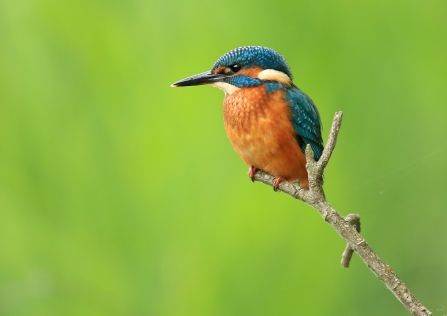With their captivating beauty and incredible wildlife, our chalk streams are great places to find inspiration. As we head into summer, it’s the perfect time to try creative writing by penning a chalk stream poem! Don’t worry if there isn’t a chalk stream on your doorstep - here are four of our favourite ones to visit...
Alresford
You can find a lovely streamside walk right in the town centre. Combining the Millennium and Arle Valley trails, this footpath runs along the River Arle. Look out for the historic Eel House, the old Fulling Mill, and lots of ducks, swans, and moorhens.
Andover
This town has great nature reserves along the Upper Anton. Charlton Lakes, Anton Lakes, and Rooksbury Mill are all filled with wildlife, and some of their footpaths are wheelchair-friendly. You can spot lots of birds, and sometimes water voles.
Overton
Flashetts footpath is a local treasure: it’s only a ten-minute walk from the High Street, and right next to the Upper Test. Pause at the gravelly area to watch for small fish in the water. Remember to keep your eyes peeled for dragonflies and kingfishers.
Whitchurch
This town has many places where you can enjoy the Upper Test. Check out the Millennium Green - a peaceful meadow where you might see water voles. For a longer walk, visit the Silk Mill or follow the streamside footpath from Town Mill Lane.




